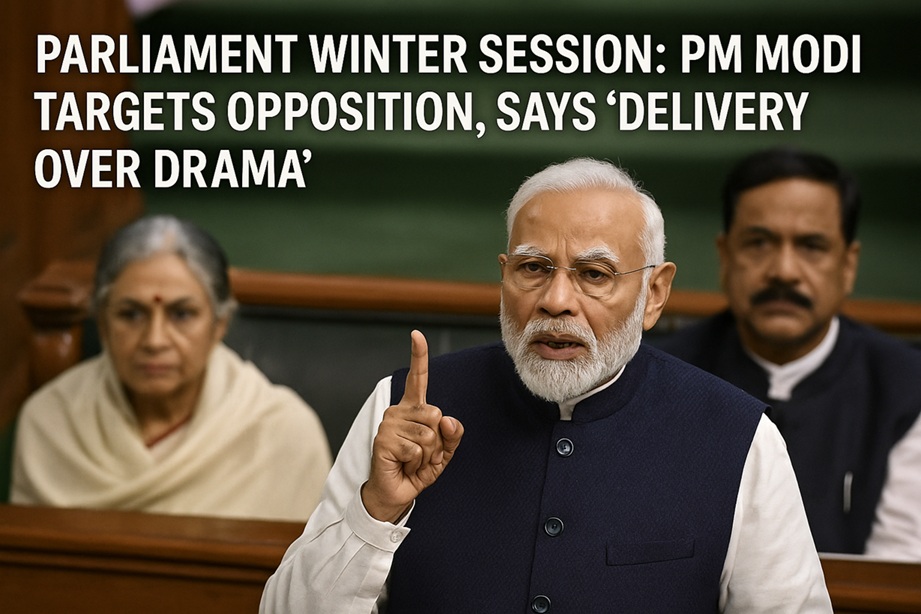Introduction: A Scandal Unfolds
In a shocking revelation that has sent ripples through the legal and political corridors of India, a fire in the residence of a Delhi High Court judge led to the discovery of an enormous pile of unaccounted cash. The incident, which initially seemed like an accident, has now unveiled a web of judicial corruption, raising serious concerns about the credibility of India’s justice system. Instead of facing legal consequences, the judge in question has merely been transferred to the Allahabad High Court. This move has ignited a nationwide debate—should the judiciary be above the law?
The Discovery: A Fire That Revealed a Fortune
On the night of March 14, at approximately 11:30 PM, a fire broke out in the residential bungalow of Justice Yashwant Verma, a sitting judge of the Delhi High Court. His family, in a panic, called the fire brigade. Once the fire was doused, responders discovered a mountain of cash stacked inside one of the rooms. The presence of such a vast sum of money—clearly unaccounted for—raised immediate suspicions.
The police, upon arriving at the scene, documented the discovery. Reports were swiftly sent up the chain of command, and the information reached the Supreme Court Collegium. However, instead of launching an investigation or pressing charges, the judiciary decided to transfer Justice Verma back to his parent High Court in Allahabad.
Judicial Cover-Up: A System That Protects Its Own
Despite the gravity of the situation, no immediate action was taken. In fact, for an entire week, there was complete silence on the matter. The media, law enforcement agencies, and even judicial authorities seemed to be shielding the judge. Only after the Supreme Court Collegium was presented with video evidence of burning cash did the situation become impossible to suppress.
Sources within the judiciary revealed that some members of the Collegium expressed concern that merely transferring the judge would set a dangerous precedent. If caught red-handed, a judge should face the same legal consequences as any other citizen. However, the majority ruled in favor of the transfer, effectively allowing Justice Verma to escape serious repercussions.
A Tale of Two Justice Systems
This scandal exposes the double standards in India’s legal system. If such a stash of cash had been found in the house of an ordinary government officer, a businessman, or a common citizen, they would have faced immediate arrest, interrogation, and prosecution.
Instead, when the accused is a High Court judge, the system bends over backward to protect him. This highlights a larger issue—the law does not apply equally to everyone.
- For the rich and powerful, the doors of the judiciary open wide.
- For terrorists and criminals, emergency hearings can be arranged even at midnight.
- For the common man, cases drag on for decades, with little hope of timely justice.
A glaring example of this disparity was seen in the Salman Khan case, where the Mumbai High Court remained open from 9 PM to 10 PM just to ensure he did not have to spend a night in jail. When it comes to celebrities and influential people, the system moves with incredible speed. But for the poor and middle class, justice remains an unattainable dream.
The Real Problem: A Rotting System
This incident is not just about one corrupt judge—it is about a rotting judicial system. Over the years, certain elite lawyers and judges have formed an unchecked power nexus, influencing verdicts and shielding one another from scrutiny.
- Senior advocates charge exorbitant fees, ranging from ₹1 lakh to ₹30 lakh per appearance.
- Cases of judicial misconduct are hushed up rather than prosecuted.
- The credibility of judges is increasingly being questioned.
When the public loses faith in the judiciary, the entire democratic system is at risk. The judiciary is meant to be the guardian of justice, yet incidents like this erode public trust and fuel perceptions that corruption runs deep in the corridors of power.
The Weak Punishment: Why Just a Transfer?
The decision to transfer Justice Verma rather than investigate him raises several uncomfortable questions:
- If corruption makes him unfit for Delhi, how is he fit for Allahabad?
- If unaccounted money was found, why was there no immediate suspension or legal action?
- Would an ordinary citizen receive such leniency?
This case proves that India’s judicial system protects its own, rather than upholding the rule of law. If a judge found with a “mountain of cash” can be quietly transferred, what message does this send to the public? That judges can engage in corruption with impunity?

What Needs to Change?
To restore faith in the judiciary, real action—not just transfers—is required. Here’s what should have been done:
- Immediate Suspension – The judge should have been suspended pending an inquiry.
- CBI or Judicial Investigation – A thorough, independent probe into the source of the cash should have been launched.
- Criminal Charges – If found guilty, the judge should face the full force of the law, just like any other corrupt official.
- Judicial Reforms – There must be greater transparency in the selection and monitoring of judges to prevent such incidents.
A Dark Stain on the Judiciary
The Justice Verma case is not just another corruption scandal—it is a blow to the credibility of the Indian judiciary. The transfer decision reveals a system more interested in damage control than in real justice. If such corruption is not rooted out, people will completely lose faith in the courts.
A democracy can function only when its institutions are trusted. If judges themselves are seen as corrupt, how can they be expected to deliver fair justice? The Supreme Court had an opportunity to send a strong message but failed. Now, it is up to the public and the legal fraternity to demand real accountability before it is too late.





